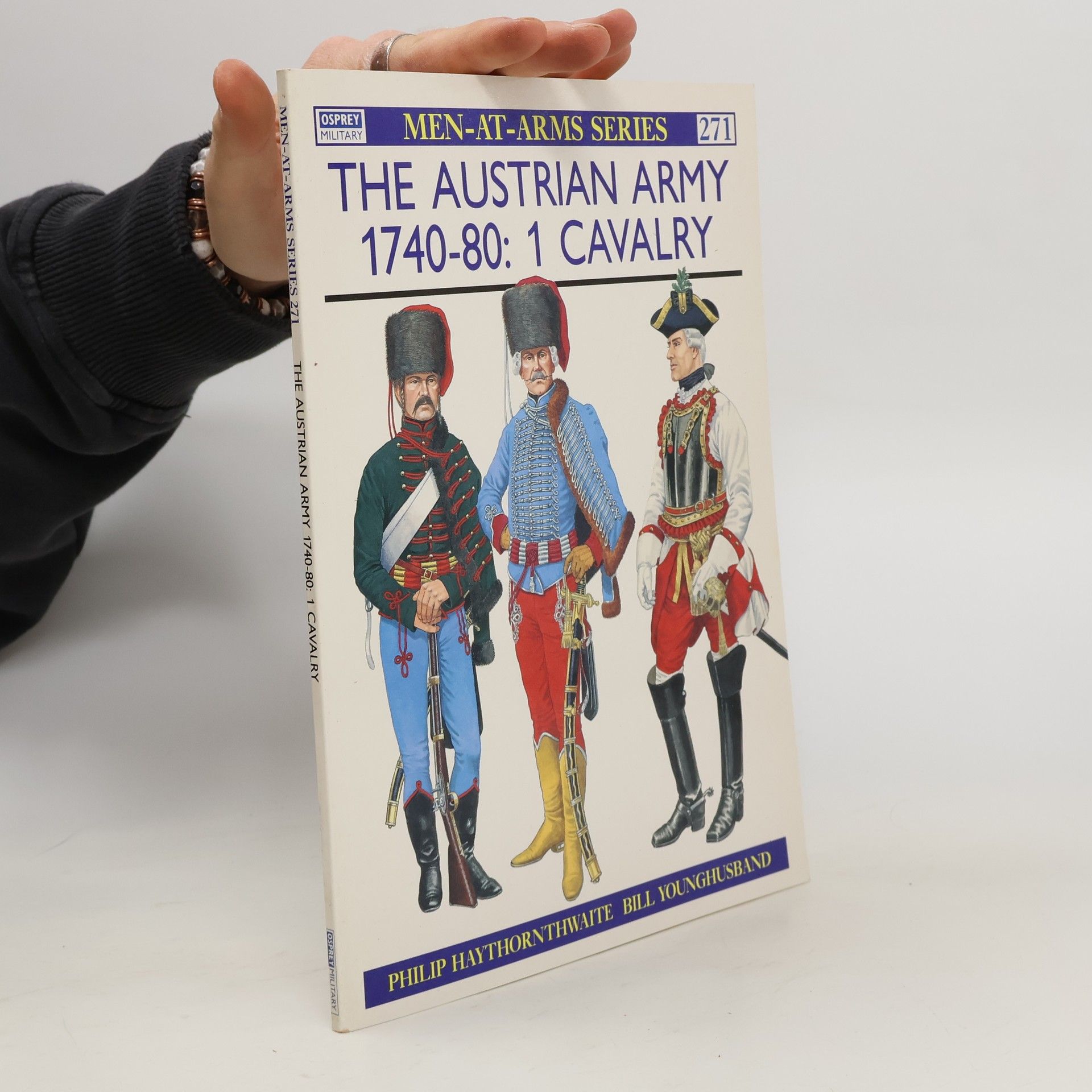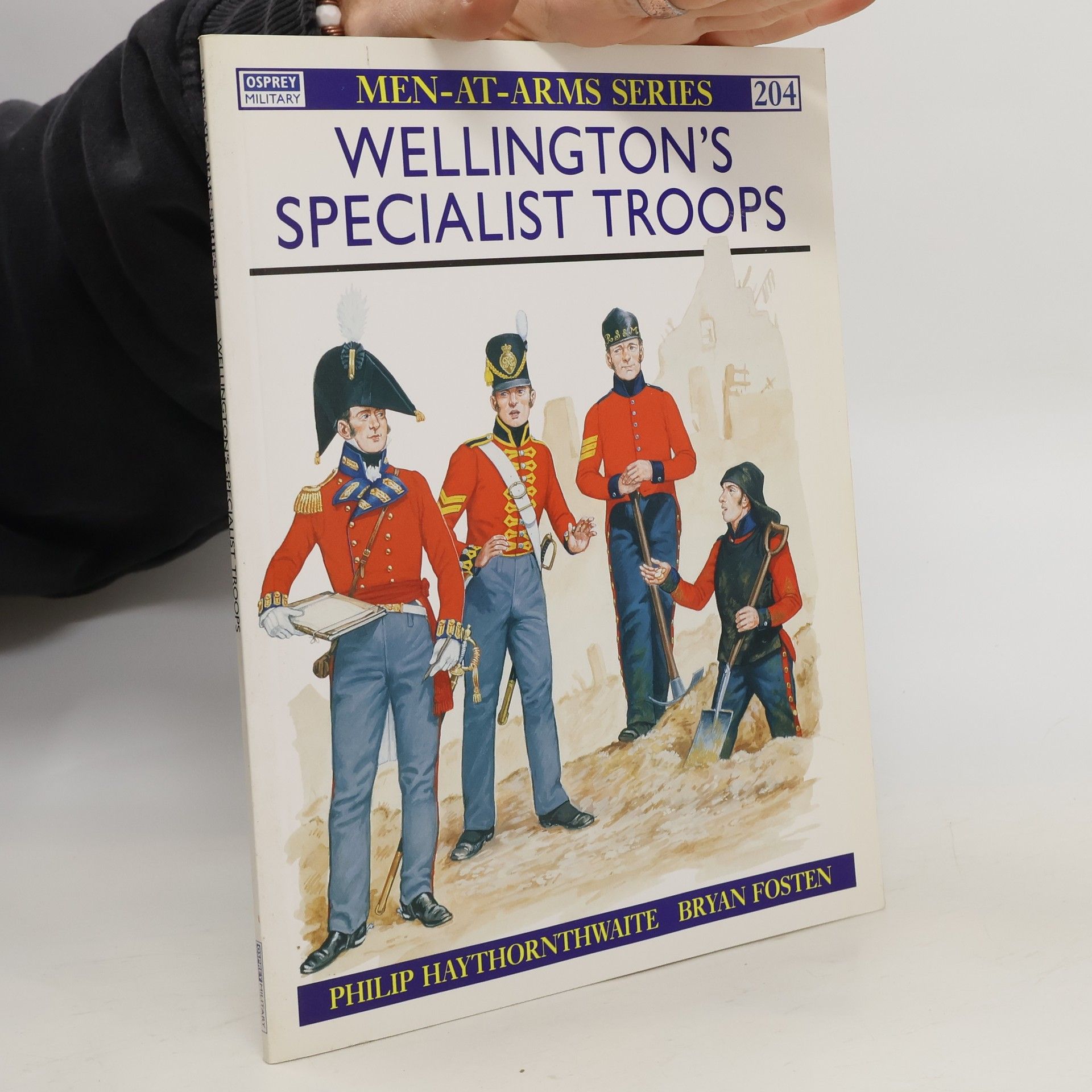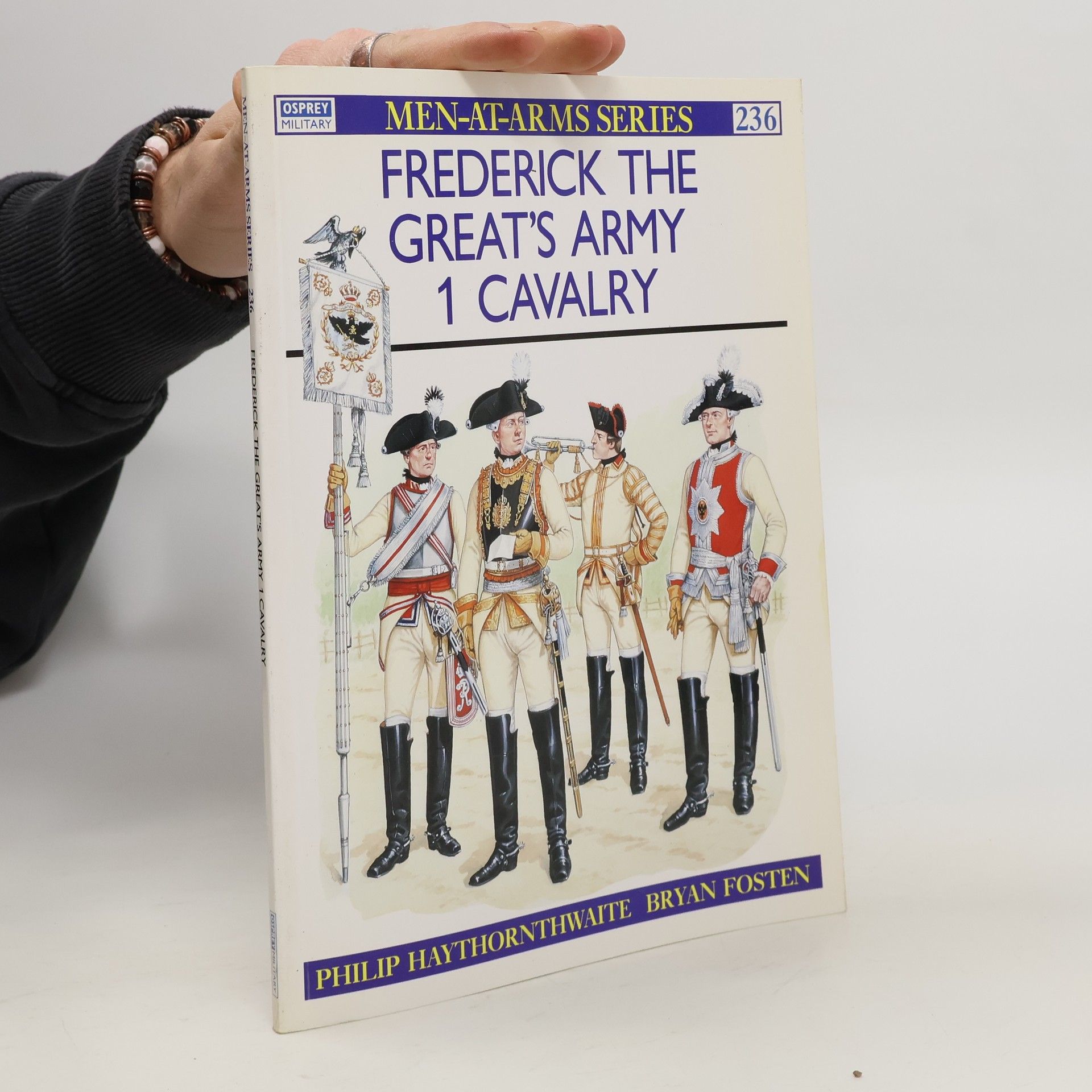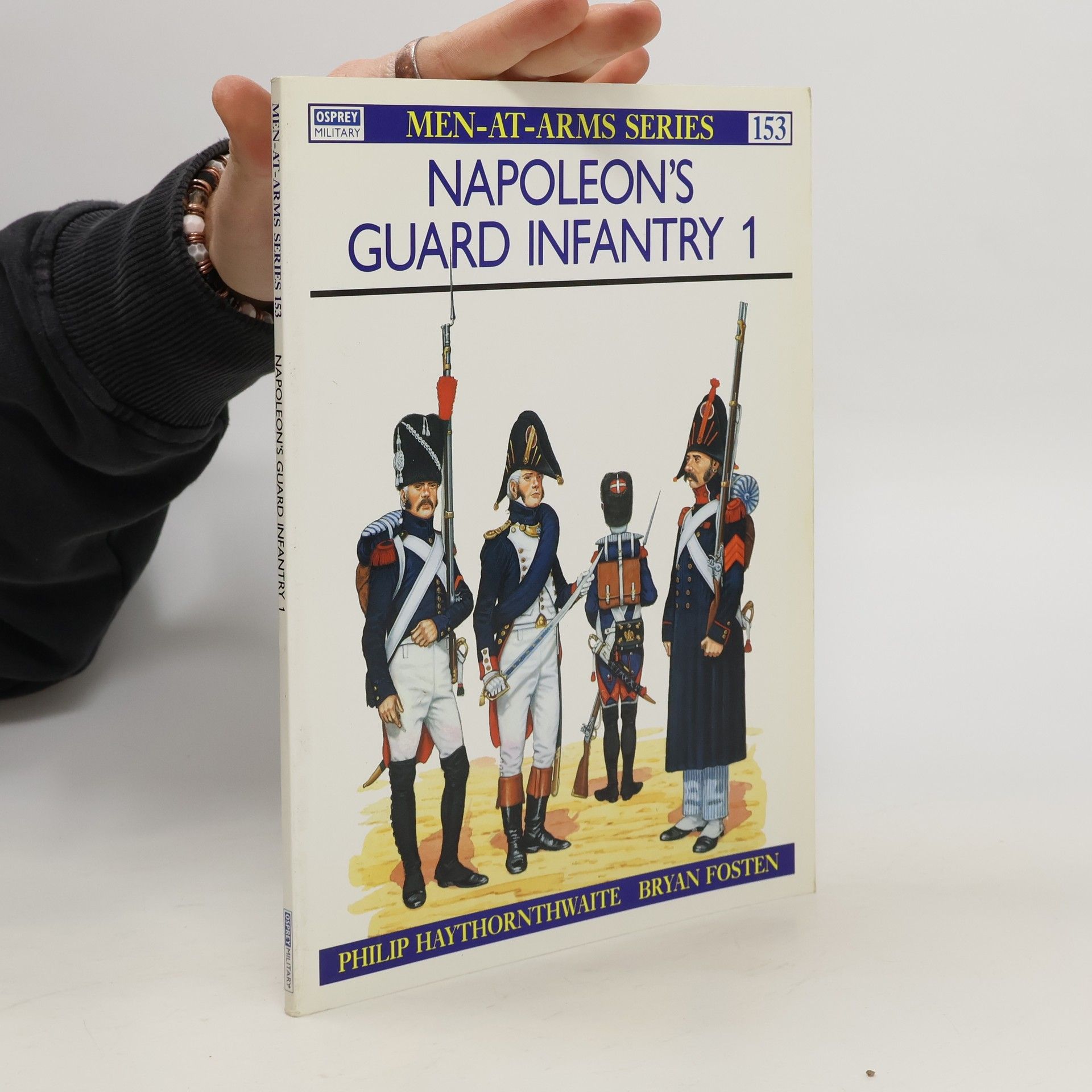During the Napoleonic Wars the supreme battlefield shock weapon was the heavy cavalry - the French cuirassiers, and their British, Austrian, Prussian and Russian counterparts. This title is a two-part study of the cavalry tactics of the armies of Napoleon and those of his allies and opponents.
Philip J. Haythornthwaite Livres
Philip J. Haythornthwaite est un auteur et consultant historique respecté internationalement, spécialisé dans l'histoire militaire, les uniformes et l'équipement. Bien que son domaine de recherche principal soit les guerres napoléoniennes, sa liste impressionnante de publications couvre une gamme beaucoup plus large de périodes, de la guerre civile anglaise à la Première Guerre mondiale. Ses ouvrages se distinguent par des recherches approfondies et un souci du détail.






A detailed study of the Waterloo armies, it includes an analysis of the armies engaged - French, British, Hanoverians, Brunswickers, Netherlanders, Prussians. This book provides an insight into the organization, structure, chain of command, personnel as well as pen-portraits of the commanders and the men.
During the Napoleonic Wars all the major combatants fielded large numbers of light cavalry. In practice, light cavalry were often also employed for battlefield charges alongside the heavy cavalry. This book presents the study of the cavalry tactics of the armies of Napoleon and those of his allies and opponents.
Napoleon's Commanders (2): C.1809-15
- 64pages
- 3 heures de lecture
Osprey's examination of commanders of the Napoleonic Wars (1799-1815). On the Napoleonic battlefield victory or defeat could still depend on the skills, reactions and personalities of individual commanders. Even under a genius such as Napoleon the dispersal of his armies on campaign, and the lack of fast communications, left command and control of the different corps and divisions in the hands of his marshals and generals. This second in a pair of Elite titles describes in concise but colourful detail the careers and personalities of more than two dozen of Napoleon's leading subordinate commanders in the armies of the later Empire, from c1809 to the Hundred Days campaign of 1815. Their individual appearance, and the typical uniforms of a variety of staff officers, are reconstructed in 12 dazzling colour plates.
Napoleon's Commanders (1): C.1792-1809
- 64pages
- 3 heures de lecture
Victory or defeat on the Napoleonic battlefield was dependent on the skills, reactions and personalities of individual commanders. Even under a military genius such as Bonaparte, the dispersal of his armies on campaign and the lack of fast communications left command and control of the different corps and divisions in the hands of his marshals and generals. Illustrating the appearance of more than two dozen of Napoleon's leading colleagues and subordinate commanders, this first in a pair of Elite titles describes in concise but colourful detail their careers and personalities in the Revolutionary Wars and the Napoleonic campaigns up to 1809.
The Austrian Army, 1740-80
- 48pages
- 2 heures de lecture
Describes the uniforms, weaponry, military practices and tactics of the Cavalry of Maria Theresa's army. This book also records the history of the army's campaigns, and is illustrated with contemporary images, detailed diagrams and colour plates.
Wellington's Specialist Troops
- 48pages
- 2 heures de lecture
The specialist troops of Wellington's army played a crucial role in the success of the British Army. Though often understaffed and ineptly managed, the artillery, engineers, transport and commissariat, and medical services contributed to Wellington's ultimate victory in 1815. The Royal Artillery and Corps of Royal Engineers comprised a small number of highly trained officers, while the commissariat was composed of untrained civilians outside military discipline, and the medical services suffered from a shortage of trained surgeons. This richly illustrated book examines the organization, uniforms and equipment of each of these specialist departments.
Frederick the Great’s Army (1)
- 48pages
- 2 heures de lecture
The Prussian army of King Frederick II, 'the Great', became so renowned as a result of its campaigns, principally during the Seven Years' War (1756-1763), that it was regarded as a model for many of the other armies of Europe. In this first of two volumes exploring Frederick the Great's splendid army, Philip Haythornwaite examines the organization, tactics and uniforms of his cavalry troops, in a text backed by numerous illustrations including eight full page color plates by Bryan Fosten.
Napoleon's Guard Infantry (1)
- 48pages
- 2 heures de lecture
The concept of the bodyguard is as ancient as the practice of an individual assuming the leadership of a group or tribe. From the Companions of Alexander to the Varangians of Byzantium, bodies of élite warriors, owing personal allegiance to their sovereign and obeying no others, have illuminated or stained the annals of military history. Napoleon's Imperial Guards probably represent the last true link in a chain spanning the ages. Philip Haythornthwaite describes the history, organization and equipment of Napoleon's Guard Infantry during the Napoleonic Wars period (1799-1815) in an engaging work which includes numerous illustrations and eight full page color plates superbly drawn by Bryan Fosten.
Austrian Specialist Troops of the Napoleonic Wars
- 48pages
- 2 heures de lecture
The specialist troops of the Austrian forces helped to secure Austria's reputation as the most formidable of Napoleon's continental enemies. Due largely to the efforts of Prince Liechtenstein, by the late 18th century the Austrian artillery had been the finest in Europe, and was held up as an example to the world. This text examines the famed Austrian artillery and other specialist troops of the Napoleonic Wars (1799-1815), including the Pioneers, Pontooneers, engineer services and medical service, detailing their organisation, equipment and uniforms in a volume complete with accompanying illustrations and colour plates.



